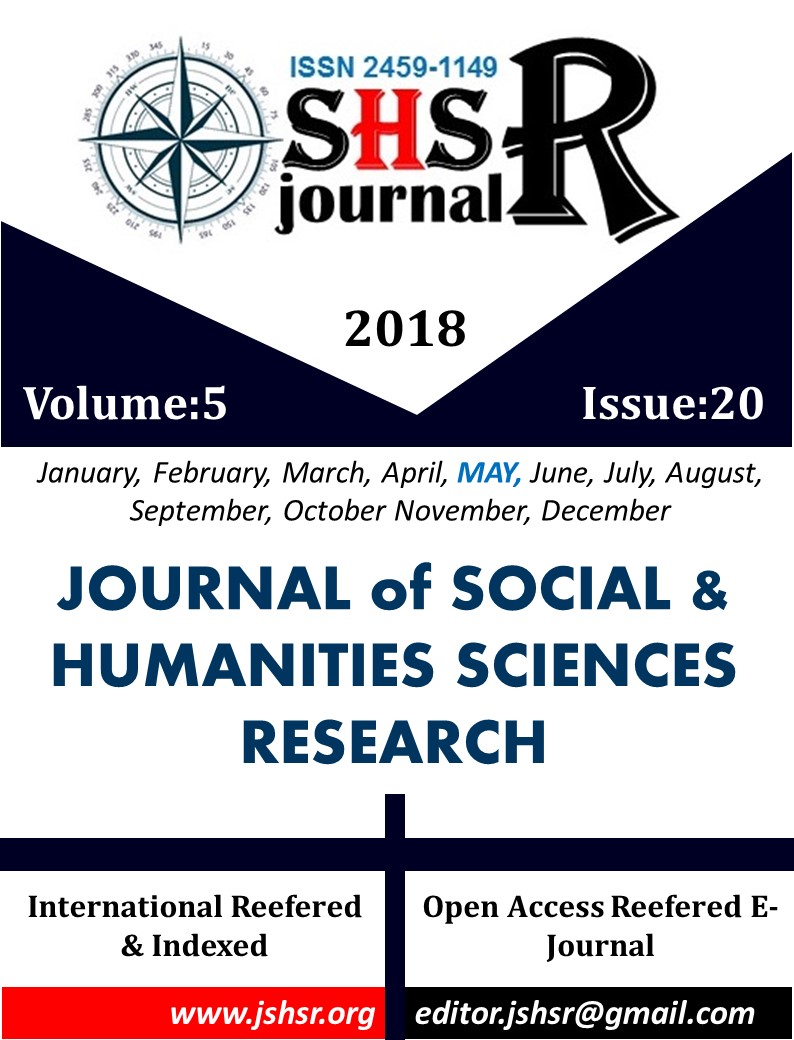AN ALTERNATIVE METHOD OF URBAN TRANSFORMATION: GREEN ROOF DESIGN
DOI:
https://doi.org/10.26450/jshsr.412Keywords:
Urban transformation, green roof, landscape architecture, designAbstract
The result of rapid urbanization is the construction of high-rise buildings to meet the increasing need for housing. The ecology of the city is adversely affected as a result of diminishing population density and decreasing green space due to the speed of construction and climatic effects of the concrete surfaces of the buildings. City users have the most negative impact of this situation. These problems and the lack of open green spaces in the cities cause some cities to focus on the sky and to find solutions to this problem by creating nets or green roofs that rise to the sky. Many cities are designing green roofs as buildings rise, trying to expand the urban greening in the vertical dimension, thus helping urban transformation. Especially in Europe and Asia, many cities use green roofs. However, in our country experiencing urbanization problems, the importance of roof gardens has not yet been understood and its use has not been widespread. For this reason, green roof design recommendations have been developed in this study. It is aimed to shed light on the green roof designs by developing 4 different design proposals with different functions and styles.
Downloads
Published
How to Cite
Issue
Section
License
Copyright (c) 2018 INTERNATIONAL JOURNAL OF SOCIAL HUMANITIES SCIENCES RESEARCH

This work is licensed under a Creative Commons Attribution 4.0 International License.


